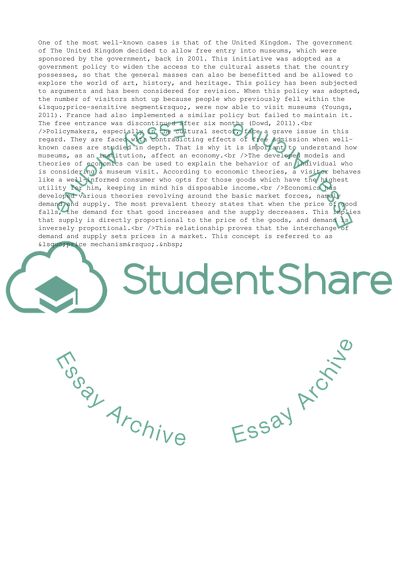Cite this document
(The Market for Education: Museums Coursework Example | Topics and Well Written Essays - 1500 words, n.d.)
The Market for Education: Museums Coursework Example | Topics and Well Written Essays - 1500 words. https://studentshare.org/business/1804282-the-market-for-education-museums
The Market for Education: Museums Coursework Example | Topics and Well Written Essays - 1500 words. https://studentshare.org/business/1804282-the-market-for-education-museums
(The Market for Education: Museums Coursework Example | Topics and Well Written Essays - 1500 Words)
The Market for Education: Museums Coursework Example | Topics and Well Written Essays - 1500 Words. https://studentshare.org/business/1804282-the-market-for-education-museums.
The Market for Education: Museums Coursework Example | Topics and Well Written Essays - 1500 Words. https://studentshare.org/business/1804282-the-market-for-education-museums.
“The Market for Education: Museums Coursework Example | Topics and Well Written Essays - 1500 Words”. https://studentshare.org/business/1804282-the-market-for-education-museums.


